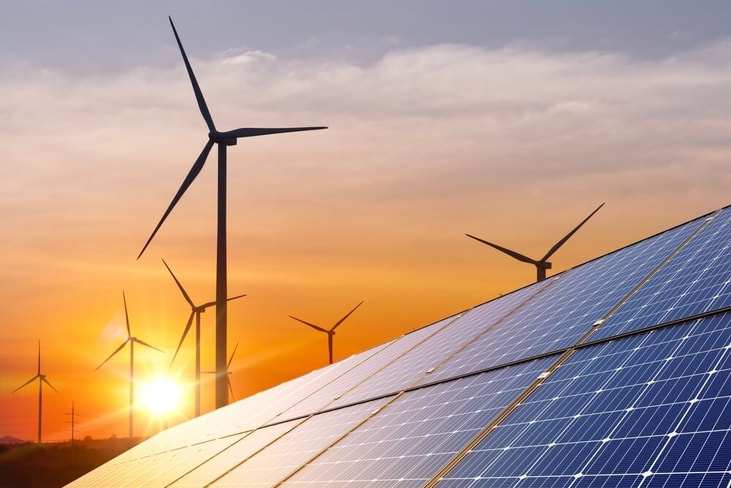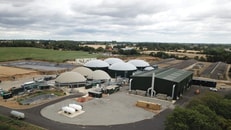Renewables shy of 2030 target despite massive growth
Renewables are on course to meet almost half of global electricity demand by the end of this decade – but are still failing to meet the tripling capacity target, according to an IEA report.
Despite continuing to see ‘massive growth’, the report forecasts renewables’ global capacity will reach 2.7 times its 2022 level by 2030. The goal was set by nearly 200 governments at COP28 in Dubai.
Fully meeting the tripling target is ‘entirely possible if governments take near-term opportunities for action,’ the IEA states.
The Renewables 2024 report finds that the world is set to add more than 5,500 gigawatts (GW) of new renewable energy capacity between 2024 and 2030 – almost three times the increase seen between 2017 and 2023.
... to continue reading you must be subscribed
























